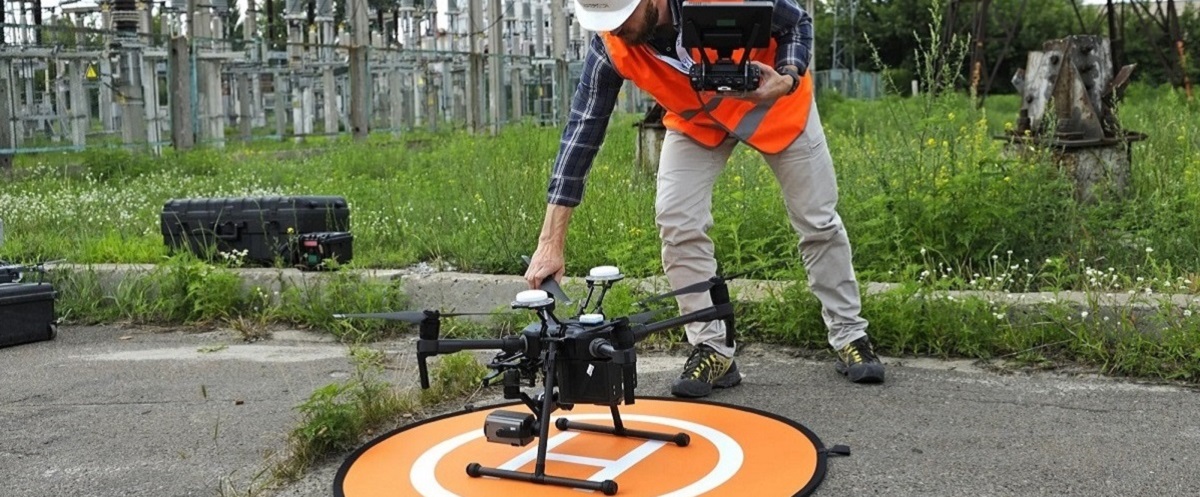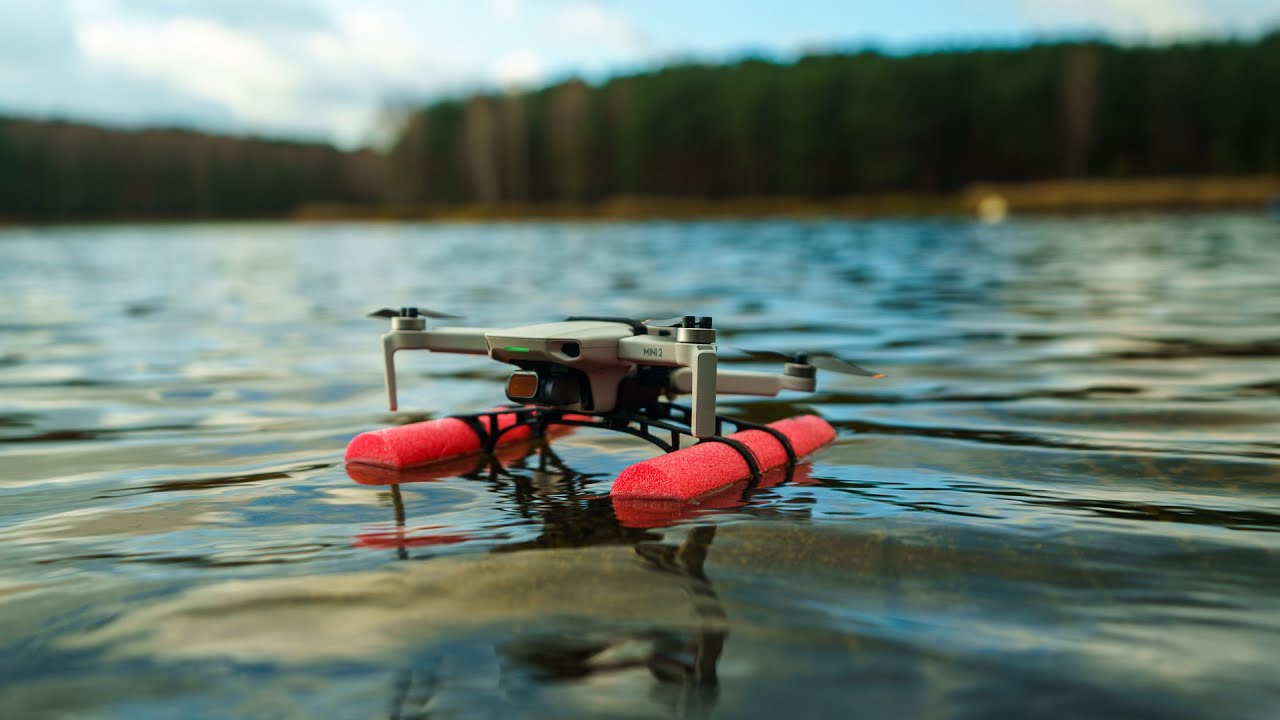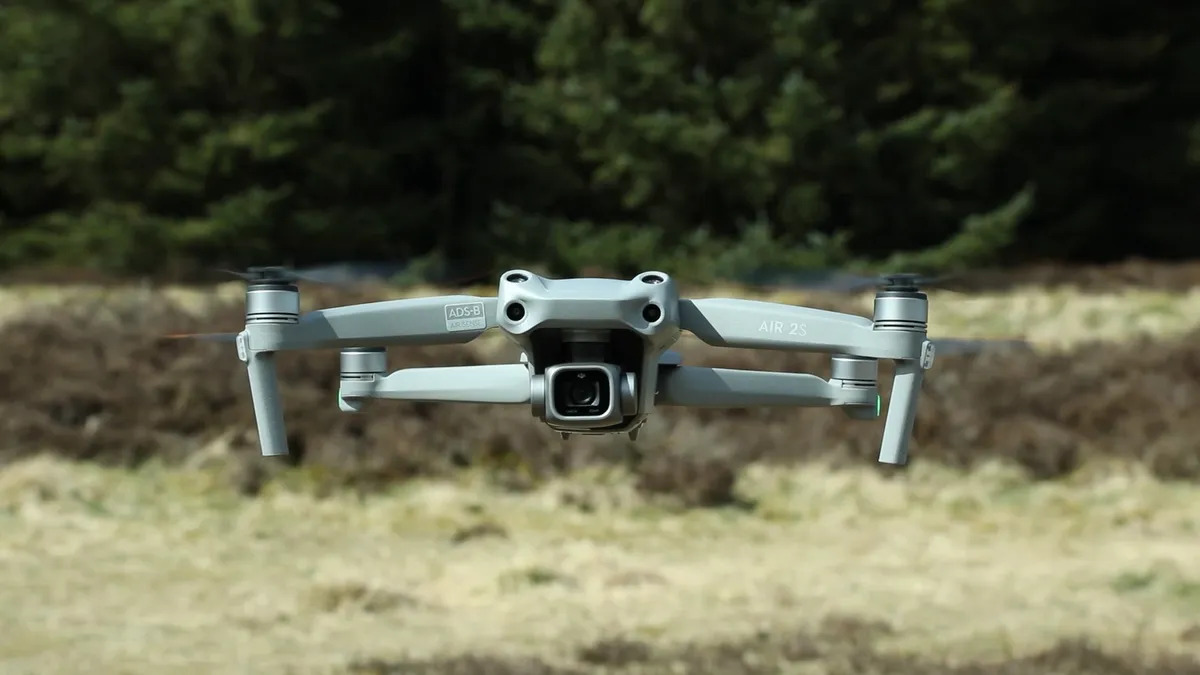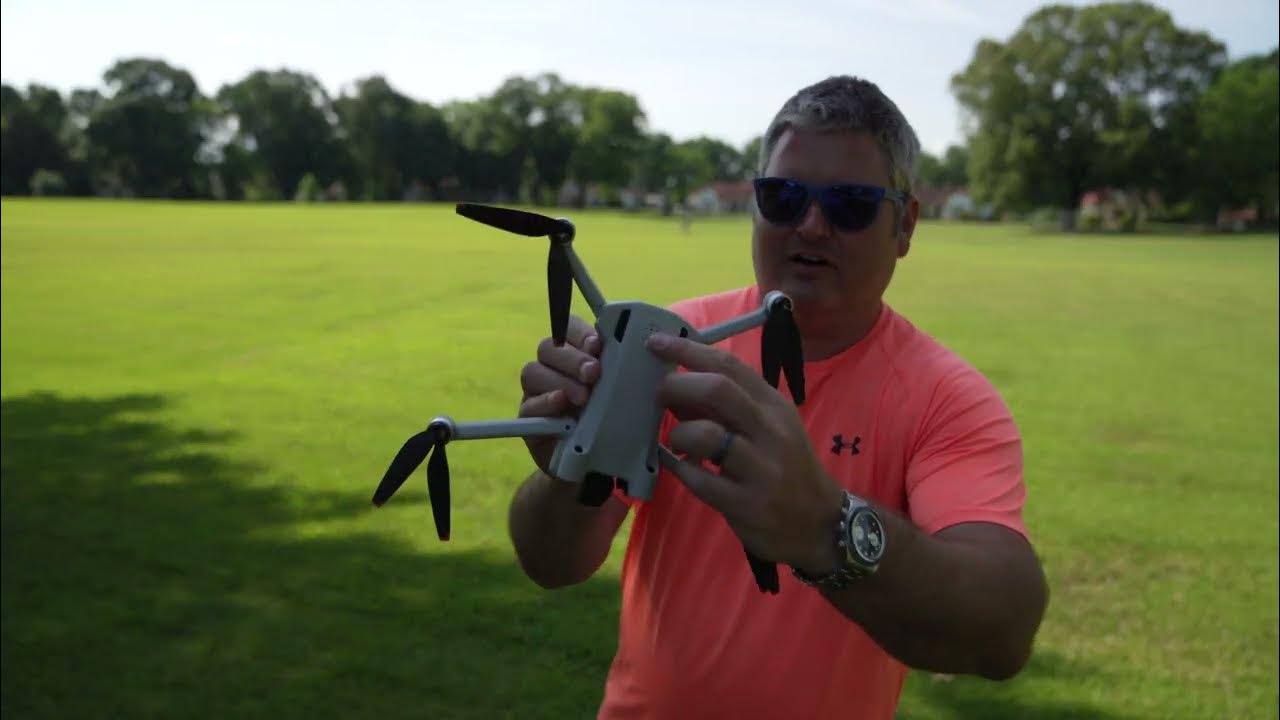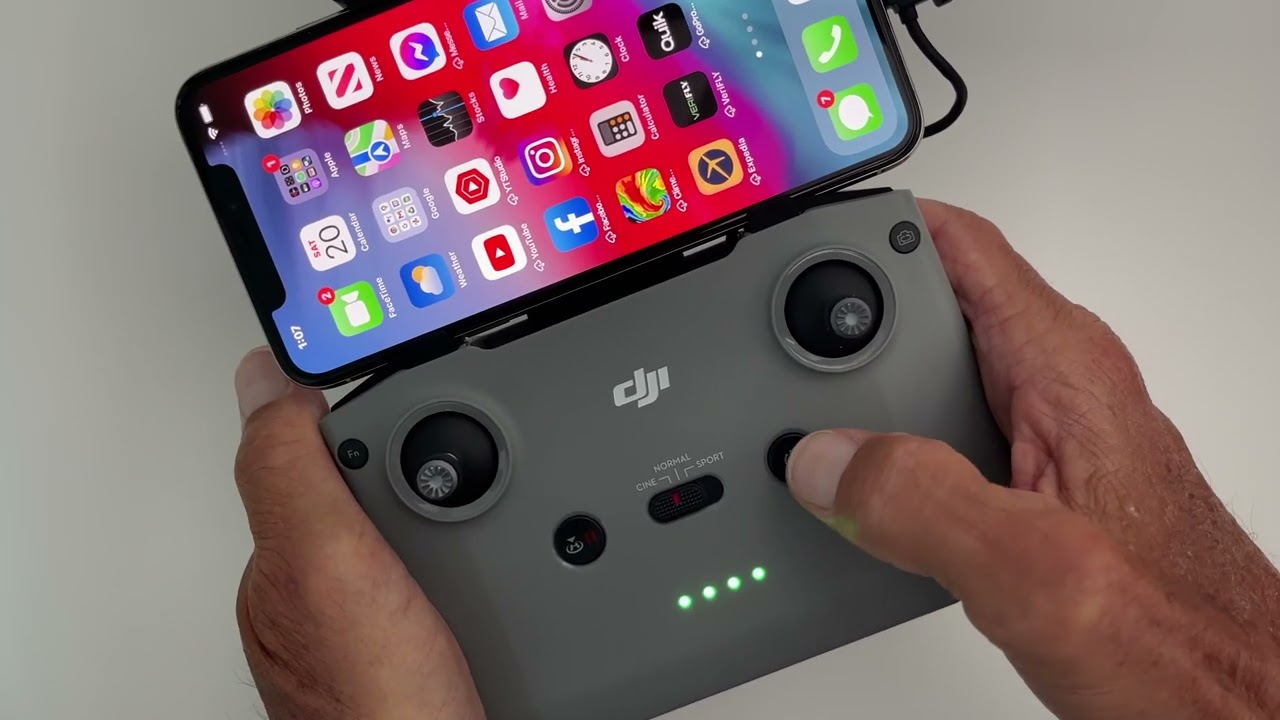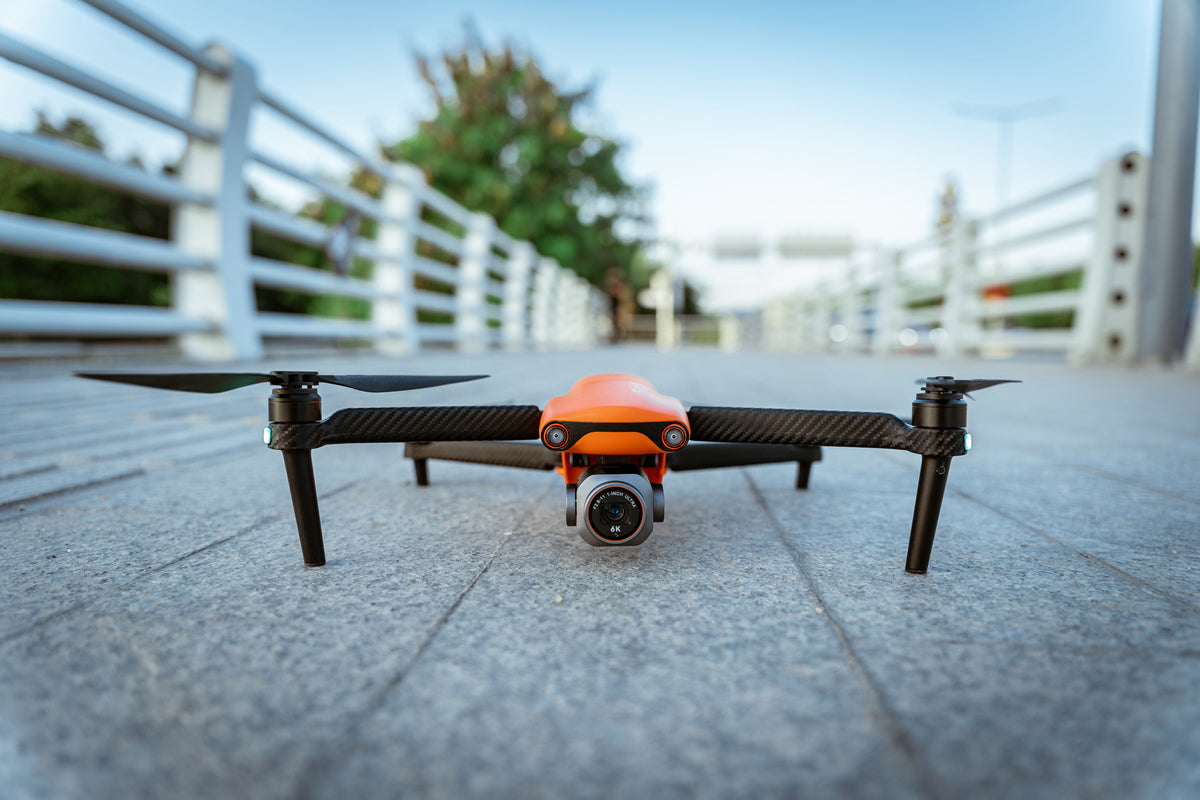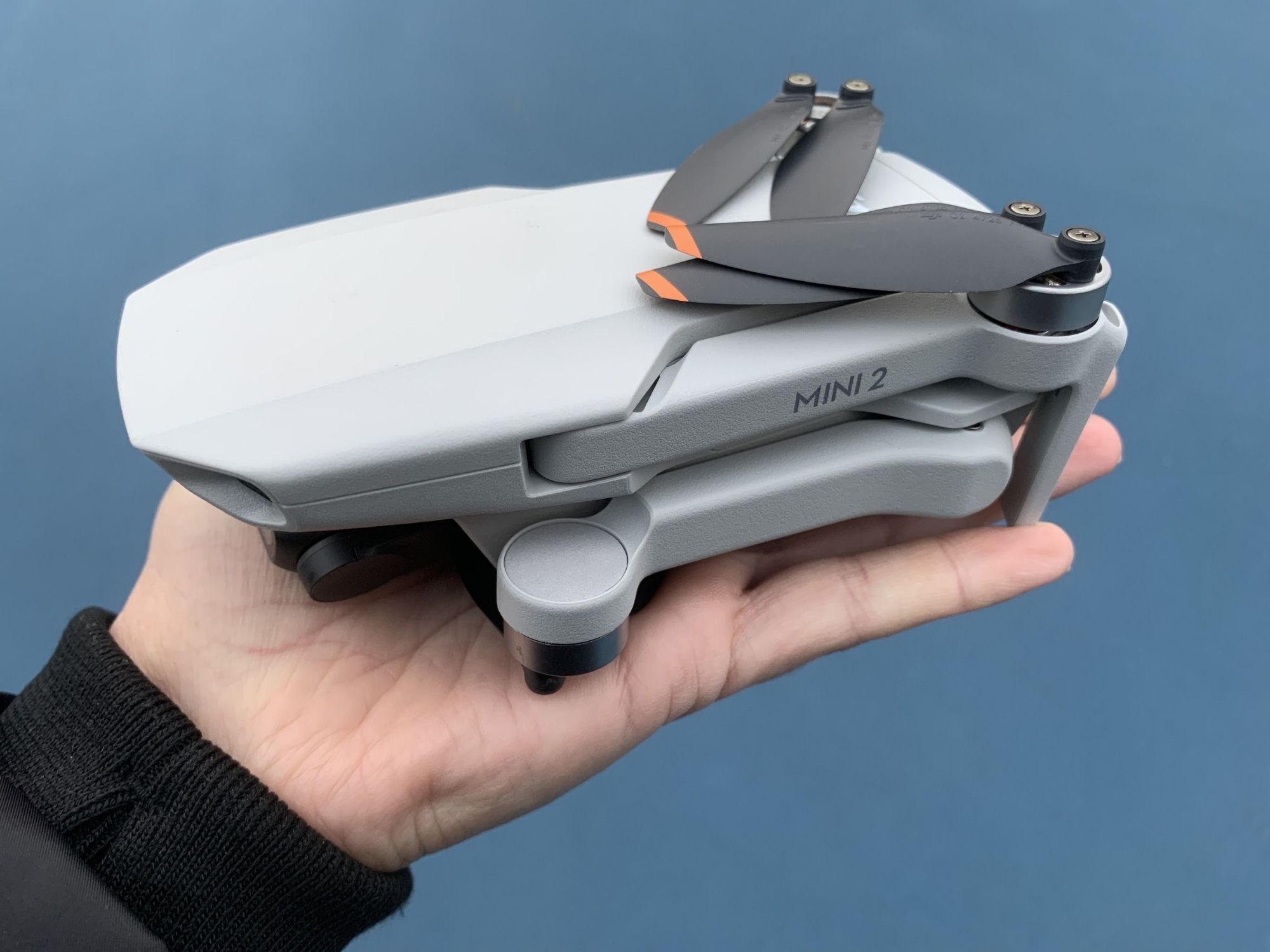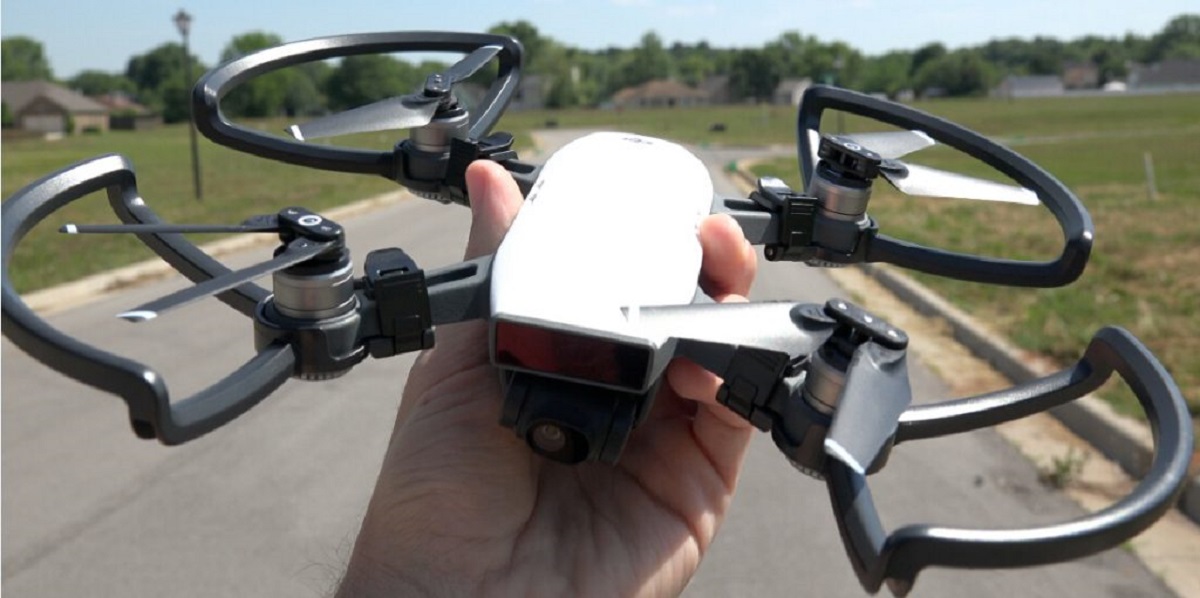Introduction
When it comes to flying drones, having a designated landing pad is a must. A landing pad provides a flat surface for take-off and landing, protects the drone from debris, and makes it easier to maneuver the drone safely. While there are many pre-made landing pads available on the market, you can easily create your own foldable landing pad with just a few materials and simple steps.
In this guide, we will show you how to fold a drone landing pad using basic materials that you may already have at home. Whether you are a professional drone pilot or simply a hobbyist, having a foldable landing pad will come in handy for all your drone adventures. Not only will it protect your drone, but it will also make your flying experience more convenient and efficient.
Before we dive into the step-by-step instructions, let’s take a look at the materials you will need to create your homemade drone landing pad.
Materials needed
To fold a drone landing pad, you will need the following materials:
- A large piece of fabric (preferably waterproof)
- Scissors
- A ruler or measuring tape
- A marker or pen
- Velcro straps or adhesive Velcro strips
The fabric can be any durable material that is large enough to accommodate your drone. Ideally, it should be waterproof to protect your drone from moisture. You can use an old tarp, a tablecloth, or even a sturdy shower curtain. Just make sure it is clean and free of any tears or holes.
Scissors will be used to cut the fabric into the desired size and shape. A ruler or measuring tape will help you measure and mark the fabric accurately. The marker or pen will be used to make the necessary cutting and folding lines.
Lastly, you will need Velcro straps or adhesive Velcro strips to secure the folded landing pad in place. These will ensure that the landing pad stays compact and easy to store when not in use.
Now that you have gathered all the materials, let’s proceed to the step-by-step instructions on folding your drone landing pad.
Step 1: Lay out the landing pad
The first step in folding a drone landing pad is to lay out the fabric on a clean and flat surface. Make sure the fabric is completely spread out and free from wrinkles or creases.
Consider the size of your drone when determining the dimensions of the landing pad. Ideally, the landing pad should be at least twice the size of your drone to allow for a safe landing and take-off area.
Using a ruler or measuring tape, measure and mark the desired size of the landing pad on the fabric. Use a marker or pen to make clear and visible lines for cutting.
Double-check your measurements and adjust if necessary. It’s better to have a slightly larger landing pad than a smaller one, as it will provide more room for maneuvering.
Once you are satisfied with the measurements and markings, you can proceed to the next step of folding the corners.
Step 2: Fold the corners
After measuring and marking the desired size of your drone landing pad, it’s time to fold the corners to create a neat and secure shape.
Start by picking one corner of the fabric and fold it towards the center of the landing pad. Align the edges of the fabric, making sure to create a crisp and clean fold.
Repeat this process for the remaining three corners, folding each towards the center. As you fold each corner, the fabric will begin to take shape, forming a square or rectangular landing pad.
Ensure that the corners are folded tightly and securely to prevent any loose ends that could impede the landing or take-off of your drone.
Once all the corners are folded, the landing pad should have a defined shape and tidy appearance. Now it’s time to move on to the next step of folding the sides of the landing pad.
Step 3: Fold the sides
With the corners folded, it’s now time to fold the sides of the landing pad to create a more compact and manageable shape.
Start by taking one side of the fabric and fold it towards the center of the landing pad. Align the edges with the existing folds, ensuring a snug fit. Repeat this process for the opposite side, folding it towards the center as well.
Once both sides are folded, take a moment to smooth out any wrinkles or creases in the fabric. This will result in a clean and professional-looking landing pad.
Make sure that the sides are folded tightly and securely, as this will prevent the landing pad from unfolding during transportation or storage.
By folding the sides, you are creating a more compact and portable landing pad that can easily be carried and stored when not in use.
Now that the sides are folded, it’s time to secure the landing pad to ensure it stays in place. Let’s move on to step four.
Step 4: Secure the landing pad
Once you have folded the sides of the landing pad, it’s important to secure it to ensure it stays folded and intact during transportation or storage. This will prevent any accidental unfolding and potential damage to the landing pad or your drone.
There are a few different methods you can use to secure the landing pad, but one of the most effective options is to use Velcro straps or adhesive Velcro strips.
Place the Velcro straps or strips across the folded landing pad, positioning them at intervals along the edges. Ensure that they are evenly spaced and securely attached to the fabric.
If you are using Velcro straps, simply wrap them around the landing pad and press the Velcro surfaces together to fasten them in place. If using adhesive Velcro strips, peel off the backing and press them firmly onto the fabric to create a secure bond.
By using Velcro straps or strips, you can easily secure and release the landing pad whenever needed. This makes it convenient to unfold and set up the landing pad when you are ready to fly your drone.
With the landing pad secured, you can now move on to the next step of folding the landing pad in half to create a compact size for storage.
Step 5: Fold the landing pad in half
Now that the landing pad is secured, it’s time to fold it in half to create a more compact size for storage.
Start by locating the center point of the landing pad by visually dividing it into two equal parts. This will determine where you fold the landing pad.
Once you have identified the center point, bring one side of the landing pad towards the other side, folding it in half. The secured edges should align, creating a neat and symmetrical fold.
Ensure that the edges are folded tightly and aligned properly to maintain the compactness of the landing pad. Smooth out any wrinkles or creases for a clean and uniform appearance.
Folding the landing pad in half not only makes it easier to store, but it also protects the fabric from dust, dirt, and potential damage. This step ensures that your landing pad remains in good condition for future use.
With the landing pad folded in half, you’re now ready for the final step: storing the folded landing pad.
Step 6: Store the folded landing pad
After folding the landing pad in half, it’s time to find a suitable storage solution for your folded creation. Proper storage will help prolong the lifespan of your landing pad and keep it in good condition for future use.
Choose a storage option that best fits your needs and space constraints. Here are a few suggestions:
- Carry bag: Invest in a carry bag specifically designed for drone landing pads. These bags often come with compartments or straps to keep the folded landing pad securely in place.
- Backpack or drone case: If you have a dedicated backpack or drone case, place the folded landing pad inside for easy and convenient storage along with your other drone accessories.
- Flat storage space: If storage space is limited, you can lay the folded landing pad flat on a shelf or in a drawer, making sure it is protected from any potential damage or crushing.
- Hanging storage: For those with more vertical storage space, you can hang the folded landing pad on a hook or pegboard, keeping it out of the way while remaining easily accessible.
When storing the folded landing pad, make sure to keep it in a dry and clean environment. Avoid exposing it to direct sunlight or extreme temperatures, as these can cause damage to the fabric over time.
Remember to periodically check the landing pad for any signs of wear or damage. If you notice any tears or weakened areas, repair or replace the landing pad accordingly to maintain its functionality and effectiveness.
By properly storing your folded landing pad, you can ensure that it remains in excellent condition for your next drone flying adventure.
Conclusion
Congratulations! You have successfully learned how to fold a drone landing pad using simple materials and easy-to-follow steps. Creating your own foldable landing pad allows for convenient transport and storage, while providing a safe and reliable surface for your drone’s take-off and landing.
Remember to select a large piece of fabric that is waterproof and durable. Carefully measure and mark the dimensions to ensure the landing pad is the appropriate size for your drone. Fold the corners and sides tightly, securing the landing pad with Velcro straps or adhesive strips.
By folding the landing pad in half and storing it properly, you can protect it from potential damage and ensure its longevity. Choose a storage option that suits your needs, whether it’s a dedicated carry bag, a backpack, or a flat storage space.
Having a foldable landing pad is essential for any drone pilot. It provides a stable and debris-free surface for take-offs and landings, making your drone flying experience safer and more enjoyable.
Now that you have mastered this skill, you can confidently take your homemade drone landing pad with you on your drone adventures. So go ahead, fold your landing pad, and prepare to explore the skies with your drone!







